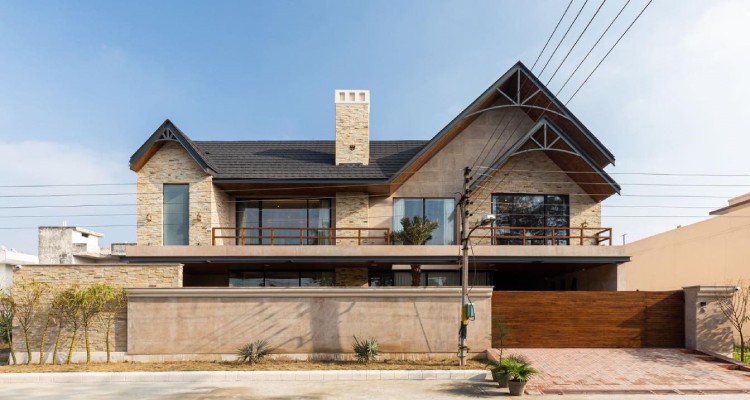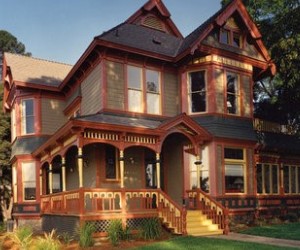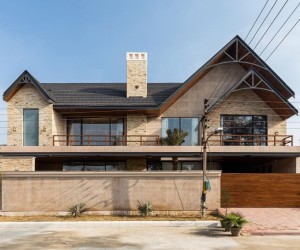






Architecture is a mirror of our society, reflecting our values, aspirations, and aesthetics. Over the years, various architectural styles has been came out, each with its unique characteristics and influences. In this blog, we embark on a fascinating journey through time and explore the captivating worlds of modern, traditional, and contemporary architecture. From the classic charm of traditional buildings to the innovative visions of modern and contemporary designs, let’s delve into the beauty and significance of these diverse architectural styles.


1. Traditional Architecture: Rooted in History and Culture Traditional architecture celebrates the rich heritage and cultural values of a region. It is often characterized by time-honored building techniques, locally sourced materials, and designs that harmonize with the natural surroundings. From the elegant palaces of Rajasthan, India, adorned with intricate carvings, to the cozy timber-framed cottages in the English countryside, traditional architecture stands as a testament to the craftsmanship and wisdom of our ancestors.
2. Modern Architecture: Embracing Functionality and Innovation Modern architecture emerged in the late 19th and early 20th centuries, driven by the industrial revolution and a desire for functionality. It emphasizes clean lines, open spaces, and the use of new materials, such as steel and glass. Prominent figures like Le Corbusier and Frank Lloyd Wright reshaped the urban landscape with their innovative designs. The iconic city Chandigarh is a masterpiece of modern architecture, blending seamlessly with its natural environment and showcasing the possibilities of contemporary living.
3. Contemporary Architecture: A Canvas of Creativity and Diversity Contemporary architecture is an ever-evolving genre that reflects the spirit of our times. It borrows elements from various styles while incorporating cutting-edge technologies and sustainable practices. This style encourages experimentation and often challenges conventional norms, resulting in visually striking and thought-provoking structures. IIM Ahmedabad by Louis Kahn exemplifies the boundless creativity of contemporary architecture.


4. Blending the Old and New: The Rise of Transitional Architecture In recent years, a new trend called “transitional architecture” has emerged, combining elements of traditional, modern, and contemporary styles architecture. Architects fuse historical aesthetics with innovative designs, creating a harmonious blend of the past and the future. These structures serve as a bridge between different architectural eras, appealing to those who appreciate both heritage and progress. New Indian parliament is the great example of fusion Architecture
Conclusion: Architecture is a reflection of the human spirit, adapting and evolving with the changing times. Traditional architecture pays homage to our roots, while modern and contemporary style architecture showcase our capacity for innovation and creativity. As the world progresses, the blend of these diverse architectural styles enriches our landscapes and cities, reminding us of the beauty of our past and the endless possibilities of the future. Each style contributes to the tapestry of architectural wonders, making our world a captivating and inspiring place to explore.


Leave A Comment